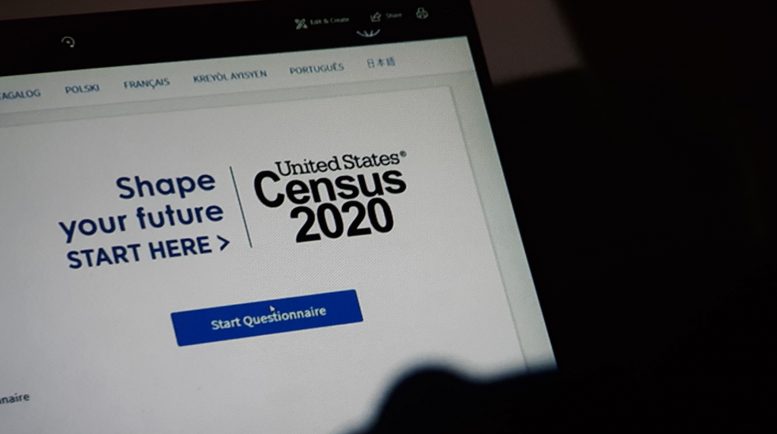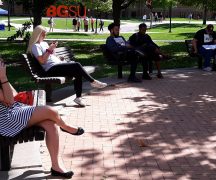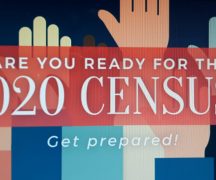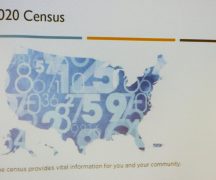By JAN LARSON McLAUGHLIN
BG Independent News
With less than two weeks until the U.S. Census wraps up its headcount, Bowling Green’s response rate is coming up short – by a lot.
As of Monday, the household response rate in the city ranged from a low of 57.2% in the neighborhoods bordering both sides of North Main Street, to a high of 88.8% in the central western section of the city.
That is bad news for Bowling Green, which depends on the census count for getting its fair share of federal funding. And it’s bad news for the region, which relies on the headcount to determine how many representatives Ohio gets in Congress.
“It’s definitely much lower than we all anticipated,” said Bowling Green Planning Director Heather Sayler. “We didn’t anticipate COVID or students having to go home before the Census started.”
For those who haven’t been counted, there is still time – until Sept. 30. The Census can be filled out online by going to 2020census.gov, and clicking on “respond.” For those more comfortable on the phone, the U.S.Census Bureau can be reached at 844-330-2020.
Bowling Green officials had high hopes that this first ever online reporting would result in more people responding. However, those hopes were dashed when the coronavirus hit, and there was a mass exodus of BGSU students back to their hometowns.
“I know we’re not the only college town that’s panicking right now,” Sayler said.
Plans for census public awareness events were trashed because of COVID. Normally, census promotion would have been part of every community event, Sayler explained. But as events were canceled due to COVID, census promotions were put on the wayside.
“That’s made it challenging, too,” Sayler said.
The census bureau also had some difficulty finding and retaining enough help for the collection process during coronavirus.
“Our census rep got a new job and left,” Sayler said.
So some collection points – like the monthly food distribution in Bowling Green – were planned, but never took place. When Sayler tried to finalize plans for a census rep to be at the food distribution, “they never responded.”
High expectations for this census were further crushed when the U.S. Census Bureau said in August that the door-knocking and ability for households to respond either online, by phone or by mail to the questionnaire will stop at the end of September instead of the end of October. The deadline was reportedly changed so it could meet an end-of-the-year deadline to turn in numbers used for redrawing congressional districts.
But local officials are concerned the reduced time will result in people being missed in the head count.
The Census Bureau had delayed door-to-door visits, due to the pandemic. So a push was made for online responses, with the home visits to start later this month to those who had not yet responded.
“It’s definitely something we will be concerned about,” Sayler said, noting opposition to the early cut-off by the National League of Cities.
A lot rests on census head counts.
The numbers count when determining how many congressional members Ohio gets, how much the region gets in federal highway funds, and which businesses want to invest here.
The information collected by the census is vital to Ohio getting its fair share of government resources – including the nearly $700 billion distributed by the federal government.
BGSU’s spring enrollment this year hit a high of 19,331. And the city of Bowling Green counts on the census to reflect the number of people using city services.
It’s also important in congressional representation. Ohio lost two seats in Congress after the last census, and is at risk of losing more after 2020.
The count affects funding for education, health care, transportation, social services, emergency responders, plus services for elderly and for people with disabilities. Businesses are also able to use the information to decide where to put or expand operations.





